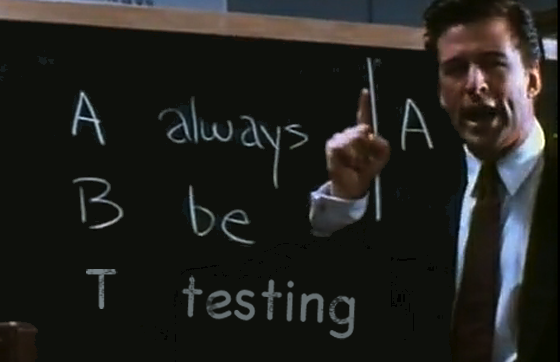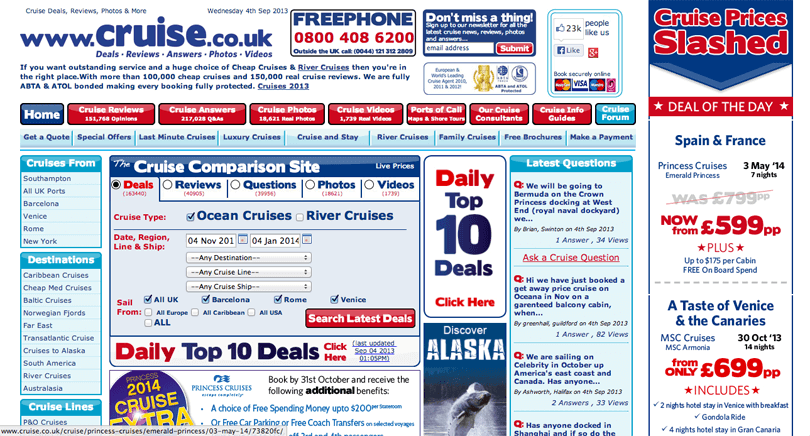Chances are you’ve heard about Facebook, its massive audience of 2.45 billion monthly users, and its powerful ad network. With 87.1% of U.S. marketers on the platform it’s no secret that it can be a treasure trove for your business. So why is it that so many small businesses are still failing to see a return on investment on Facebook ads? And what can be done about it?
The truth is… Facebook ads can be complicated and although it can be fruitful, if you don’t know what you are doing, you can wind up fruitless.
And many inexperienced people waste their budgets on the platform faster than they can roll snake eyes at a casino.
But unlike the casino, Facebook ads shouldn’t be a gamble.
Yes, you may take calculated risks, however, running ads is not a game of chance.
It’s a discipline.
Those that are patient, data driven and knowledgeable will take the cake and then leave you with the plate to foot the bill.
So how do you avoid these mistakes that can ruin your Facebook campaign?
Let’s find out how!
Stop using boost posts!
When working with clients and asking them about what they have done historically and how it works I usually ask about Facebook.
Me: Have you tried Facebook ads before?
Client: Yes
Me: Great! Did you see any return from it?
Client: No, I didn’t make my money back
Me: Did you run a conversion campaign or install pixels on your website first?
Client: I don’t think so and I’m not sure what a pixel is.
Me: Did you just use “boost post?”
Client: Yes
Me: Ah, well I can’t say I’m surprised. You didn’t make any money but the good thing is you have me now.
Boost post is the easy button and although it might seem tempting to hit that blue button to get your content or offer seen it doesn’t allow you to optimize a campaign.
In fact, it will make generating revenue off your campaign harder. Only thing the boost button really makes easier is transferring your hard earned cash into vanity metrics with no return on ad spend in sight.
If you’re going to run a campaign open up the Power Editor and set it up the right way.
Not the easy way…
Stop boosting your posts!
You don’t know your campaign objective
If you are going to run a campaign, you should know the goals you want to achieve.
You’re not going window shopping just wondering about what to buy.
You should know exactly what you want… along with some good key performance indicators to measure what you are doing.
If you are trying to optimize for conversions, you probably don’t want to run a campaign for reach.
If you’re just trying to get traffic to your website then it’s probably not as important to optimize for conversions.
And if you want to run a campaign for brand awareness, you’re most likely not as concerned with your cost per app submission.
Before you run your campaign, you should determine the goal of your campaign and pick a goal and a few KPIs that are aligned with it.
You’re not doing your research
Before you conduct your campaign you must first know your audience. What are their likes, dislikes, wants, needs, desires and objections? The more you know about your prospects, the more likely you are to create an ad that’s relevant to their needs.
To gain insights, there are multiple ways to find out more about your target audience.
You can look at competitors’ ads and see what feedback customers are leaving on their ads as well as questions.
You can search for answers on Google which usually populates the most asked questions around certain topics.
You can even use Facebook insight tools to see correlations between your product or service and other things people may search for.
All these can serve as signals to help you put together a test audience and create ad copy and a creative that can resonate with your audience.
The more you research, the easier it will be to come up with your initial creatives and seed targeting to start your campaign.
If you don’t do any research, it’s likely that your message and or ad will not resonate well with your test group.
“The aim of marketing is to know and understand the customer so well the product or service fits him and sells itself… The aim of marketing is to make selling superfluous.” – Peter Drucker
Good research helps you do that.
Your ads are boring
Did you know consumers’ average attention span is now 8 seconds – 1 SECOND LESS THAN A GOLDFISH?
With a world that’s fighting for attention, boring ads don’t get noticed and are often scrolled over.
If you can’t stop the scroll, you won’t illicit a click.
If you can’t elicit the click, your relevance score will be low.
If your relevance score is low, it will make your advertising expensive.
If your advertising is expensive, you are not getting as much bang for your buck.
All major factors aside, If no one clicks your ad there is not a snowball’s chance in hell it will persuade them to buy your product or service.
If you want someone to be interested in your product/service, your ads need to be interesting.
The job of an ad is to get someone to click and move on to the next part of the funnel.
If you can’t capture your prospects attention, you can’t capture your sales.
You’re Not Testing
If you haven’t heard it yet, you’ll hear it today.
Always be testing!

You should test your targeting, ad copy, creative copy, headlines, call to actions, bidding types, etc…
You should test dynamic creatives vs static ones, video creatives vs image based ads.
Sometimes by just changing one word, you can see a lift of up to 20 percent! So imagine if you tested everything.
When you are testing though, make sure your tests are controlled and you are only testing one variable at a time.
You’ll also want to make sure you dedicate enough budget and time for your test to exit the learning phase.
Facebook makes testing easy with things like its experiments which allows you to a/b test and measure if there was any lift or improvements.
Research may help you design your initial audience but testing is what makes a grape into fine wine.
You’ll discover combinations and new audiences through testing that can help you scale and advertise your product or service more effectively.
I was recently given an a/b testing plan by a friend Chris Erthel, CMO of Meller, a sunglasses company in Spain and it literally had hundreds of things you could test.
Chris has mastered the art of Facebook ads but you can too.
So just don’t test often. Test always.
Always be testing.
You didn’t pixel your site
If you want Facebook to learn about your customers and prospects, you need to place its pixel on your site.
But… what is a Facebook pixel?
The Facebook pixel is a line of could that tells Facebook who visited your site from clicking on your ads and what they did.
If you have standard events set up, Facebook can tell you if that person visited your landing page, added something to their cart, checked out, made a purchase, or completed a registration.
No matter what events you want to track, make sure you set up time to properly install the pixel on your site.
You can’t even run certain campaigns without a pixel installed on your site.
Pixels also help you solve for things like attribution.
If someone directly clicks on your ad and then comes back the next day directly to your site, how would you know if Facebook should get some credit for that conversion?
Well, you would look at your post view conversions but without your pixel set up, you wouldn’t be able to see such things.
Make sure your site’s Facebook pixel is set up correctly before you start running your ads. That way, you can track your conversions properly so Facebook can optimize what you learn about your customers.
Your ad is good but your landing page sucks

I said it once but I’ll say it again. The goal of an ad is to get someone interested enough to click and move to the next step of the funnel.
It’s actually the landing page’s job to convert that person after that initial ad click.
If your landing page is slow, or is poorly designed you could miss out on converting traffic.
No matter how good your ad, a bad landing page won’t convert any prospects into customers.
Make sure your landing page is optimized for mobile and desktop. Check out these 7 best practices for improving landing pages.
And just like ads you can test your landing pages to improve the conversion rate too.
If you targeted the right people, developed a good ad, and have a good landing page you’re one step closer to creating Facebook ads that work.
Just don’t forget to make an irresistible offer your prospects can’t deny to seal the deal.
Till next time M8s
Cheers!
~J






